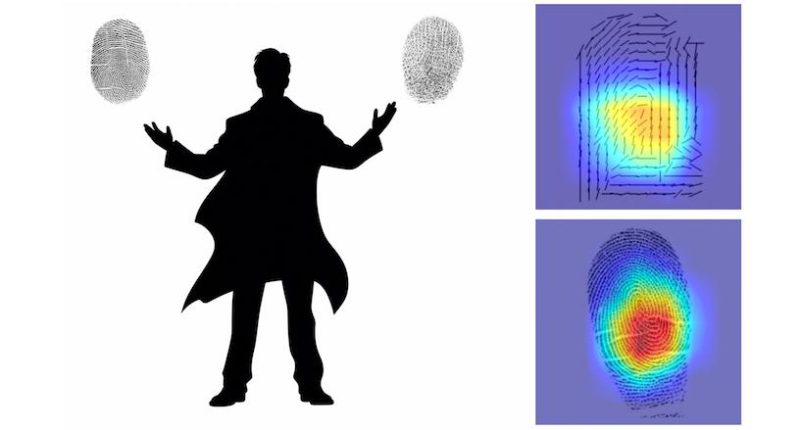RESEARCHERS have built an AI tool that “shatters” a long-held belief that the fingerprints on each finger of a person are unique.
The study, conducted by engineers at Columbia University, could be key to ‘reviving cold cases’.
The fingerprints of each person is totally unique – as far as researchers are aware, two people who share the same fingerprints have yet to be discovered.
But there has been a belief among forensics experts that fingerprints from different fingers of the same person are unique.
A belief AI has now squashed.
A team at the US university trained an AI tool to examine 60,000 fingerprints to see if it could work out which ones belonged to the same individual.
READ MORE ON AI
Researchers claim the technology can identify whether prints from different fingers came from one person with between 75 to 90 per cent accuracy.
Though they are not sure how it works.
“We don’t know for sure how the AI does it,” Professor Hod Lipson, a roboticist at Columbia University who supervised the study, told the BBC.
Researchers think the AI tool focused on the orientation of the ridges in the centre of a finger, rather than the way in which the individual ridges end and fork – which is known as minutiae.
Most read in Tech
“It is clear that it isn’t using traditional markers that forensics have been using for decades,” said Prof Lipson.
“It seems like it is using something like the curvature and the angle of the swirls in the centre.
“We were very sceptical… We had to check and double check.”
Cold cases
Police investigators have used fingerprints to link criminals to a crime since 1902.
But cases can go cold if a perpetrator leaves prints from different fingers in two different crime scenes, as these scenes can be difficult to link.
Over time, the AI system that the US researchers created got better at telling when seemingly unique fingerprints belonged to the same person – and when they didn’t.
The way the BBC put it is, if an unidentified thumb print is found at crime scene A, and an unidentified index finger print at crime scene B, the two could not currently be forensically connected to the same person.
But the AI tool could be able to identify this.
The Columbia University team, none of whom have forensic backgrounds, admit that more research is needed.
AI tools are typically trained on much more data than what the current tool has been fed so far.
The fingerprints the AI has been working with have also been complete, and of good quality.
Whereas in the real world, fingerprints left behind at crime scenes are often partial or poor.
READ MORE SUN STORIES
Gabe Guo, the lead author of the study, claimed tool is not yet good enough for deciding evidence in court cases, but it is good for generating leads in forensics investigations.
“Just imagine how well this will perform once it’s trained on millions, instead of thousands of fingerprints,” said Aniv Ray, a Columbia Engineering senior who helped analyse the data.
Read more about Artificial Intelligence

Everything you need to know about the latest developments in Artificial Intelligence










